I am trying to plot in a 3d space a curve coming from a file and a sphere made with parametric entries.
The idea is to plot the planet Earth and the orbit of a satellite.
The orbit is defined in a file x y z and gnuplot commands are simply
splot 'file.txt' u 1:2:3 title 'Orbit element 1' with lines
Orbit satellite :
I found a script to plot the Earth
#color definitions
set border lw 1.5
set style line 1 lc rgb '#000000' lt 1 lw 2
set style line 2 lc rgb '#c0c0c0' lt 2 lw 1
unset key; unset border
set tics scale 0
set lmargin screen 0
set bmargin screen 0
set rmargin screen 1
set tmargin screen 1
set format ''
set mapping spherical
set angles degrees
set xyplane at -1
set view 56,81
set parametric
set isosamples 25
set urange[0:360]
set vrange[-90:90]
r = 0.99
splot r*cos(v)*cos(u),r*cos(v)*sin(u),r*sin(v) with lines linestyle 2,'world.dat' with lines linestyle 1
unset parametric
Unfortunately, I am not able to mix splot wiht the data file and the splot with the parametric.
Any suggestions more than welcome! Thanks


